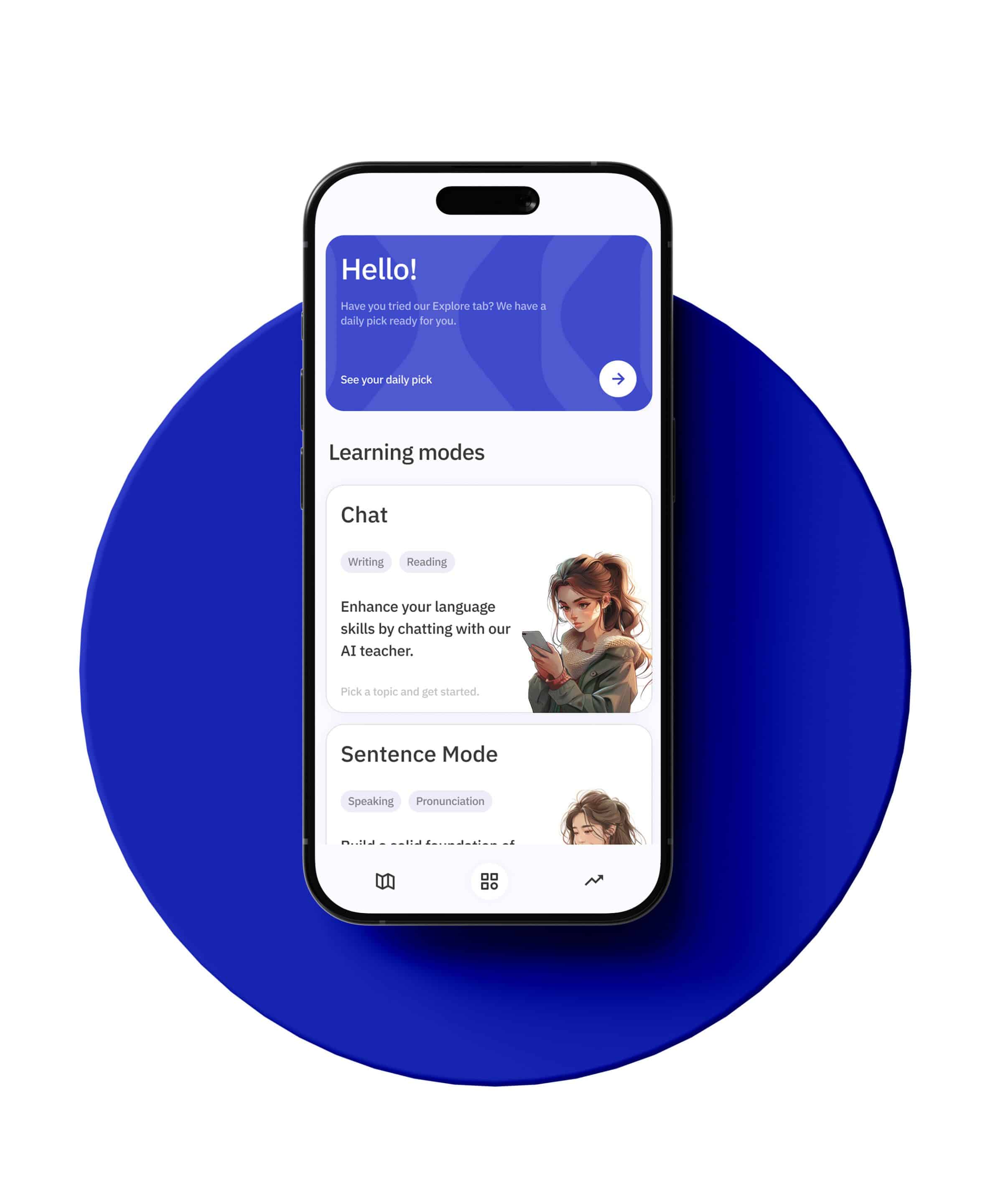Learning a new language is always a fascinating journey, and Korean is no exception. One of the essential components of mastering any language is understanding how to ask questions. In Korean, interrogative pronouns play a crucial role in forming questions, making them a fundamental part of the language. Whether you’re a beginner or looking to refine your Korean skills, this article will provide an in-depth exploration of interrogative pronouns in Korean grammar.
What Are Interrogative Pronouns?
Interrogative pronouns are words used to ask questions. In English, these include “who,” “what,” “which,” “where,” “when,” “why,” and “how.” Similarly, Korean has its set of interrogative pronouns, which are vital for forming various types of questions. Understanding these pronouns will not only help you ask questions more effectively but also improve your overall comprehension and communication skills in Korean.
누구 (Nugu) – Who
One of the most commonly used interrogative pronouns in Korean is “누구” (nugu), which means “who.” This pronoun is used to inquire about a person or people. Here are a few examples:
1. 누구세요? (Nuguseyo?) – Who is it?
2. 이 사람은 누구예요? (I sarameun nuguyeyo?) – Who is this person?
3. 저기 있는 사람은 누구예요? (Jeogi inneun sarameun nuguyeyo?) – Who is the person over there?
In these examples, “누구” is used to ask about someone’s identity. It’s important to note that “누구” can be used both formally and informally, depending on the context and the level of politeness you wish to convey.
뭐 (Mwo) – What
Another essential interrogative pronoun is “뭐” (mwo), which means “what.” This pronoun is used to ask about things, objects, or actions. Consider the following examples:
1. 뭐 해요? (Mwo haeyo?) – What are you doing?
2. 이게 뭐예요? (Ige mwoyeyo?) – What is this?
3. 뭐 먹고 싶어요? (Mwo meokgo sipeoyo?) – What do you want to eat?
“뭐” is quite versatile and can be used in a variety of contexts to inquire about different subjects. It’s also worth noting that “뭐” is the contracted form of “무엇” (mueot), which is a slightly more formal way to say “what.”
어디 (Eodi) – Where
To ask about locations or places, you’ll use the interrogative pronoun “어디” (eodi), which means “where.” Here are some examples:
1. 어디 가요? (Eodi gayo?) – Where are you going?
2. 여기가 어디예요? (Yeogiga eodiyeyo?) – Where is this place?
3. 당신은 어디에서 왔어요? (Dangsineun eodieseo wasseoyo?) – Where are you from?
“어디” is indispensable when you need to ask for directions, inquire about someone’s whereabouts, or simply want to know the location of something.
언제 (Eonje) – When
If you want to ask about time, you will use the interrogative pronoun “언제” (eonje), which means “when.” Here are a few examples:
1. 언제 만날까요? (Eonje mannalkkayo?) – When shall we meet?
2. 시험이 언제예요? (Siheomi eonjeyeyo?) – When is the exam?
3. 당신의 생일은 언제예요? (Dangsine saengireun eonjeyeyo?) – When is your birthday?
“언제” is crucial for making plans, scheduling appointments, or simply finding out when an event will take place.
왜 (Wae) – Why
To inquire about reasons or causes, you’ll use “왜” (wae), which means “why.” Here are some examples:
1. 왜 울어요? (Wae ul-eoyo?) – Why are you crying?
2. 왜 안 왔어요? (Wae an wasseoyo?) – Why didn’t you come?
3. 왜 그렇게 생각해요? (Wae geureohge saenggakhaeyo?) – Why do you think so?
“왜” is essential for understanding motivations and reasons behind actions or events.
어떻게 (Eotteoke) – How
The interrogative pronoun “어떻게” (eotteoke) means “how” and is used to ask about the manner or method of doing something. Consider these examples:
1. 이거 어떻게 해요? (Igeo eotteoke haeyo?) – How do you do this?
2. 어떻게 지내세요? (Eotteoke jinaeseyo?) – How have you been?
3. 문제를 어떻게 풀어요? (Munjeleul eotteoke puleoyo?) – How do you solve this problem?
“어떻게” is indispensable for asking about procedures, methods, and well-being.
어느 (Eoneu) – Which
To ask about choices or preferences, you will use “어느” (eoneu), which means “which.” Here are some examples:
1. 어느 것을 원하세요? (Eoneu geoseul wonhaseyo?) – Which one do you want?
2. 어느 나라에서 왔어요? (Eoneu naraeseo wasseoyo?) – Which country are you from?
3. 어느 색깔이 좋아요? (Eoneu saekkkari joayo?) – Which color do you like?
“어느” is essential when you need to make selections or inquire about specific preferences.
Forming Questions with Interrogative Pronouns
Understanding the individual interrogative pronouns is just the first step. Knowing how to correctly use them to form questions is equally important. In Korean, the basic sentence structure for forming questions with interrogative pronouns is:
**Subject + Interrogative Pronoun + Verb**
Let’s break down this structure with examples for each interrogative pronoun:
1. **누구 (Nugu)**
– Subject: 당신 (You)
– Interrogative Pronoun: 누구 (Who)
– Verb: 만났어요? (Did you meet?)
– **Sentence:** 당신은 누구를 만났어요? (Dangsineun nugureul mannasseoyo?) – Who did you meet?
2. **뭐 (Mwo)**
– Subject: 당신 (You)
– Interrogative Pronoun: 뭐 (What)
– Verb: 먹어요? (Are you eating?)
– **Sentence:** 당신은 뭐 먹어요? (Dangsineun mwo meogeoyo?) – What are you eating?
3. **어디 (Eodi)**
– Subject: 당신 (You)
– Interrogative Pronoun: 어디 (Where)
– Verb: 가요? (Are you going?)
– **Sentence:** 당신은 어디 가요? (Dangsineun eodi gayo?) – Where are you going?
4. **언제 (Eonje)**
– Subject: 우리는 (We)
– Interrogative Pronoun: 언제 (When)
– Verb: 만나요? (Shall we meet?)
– **Sentence:** 우리는 언제 만나요? (Urineun eonje mannayo?) – When shall we meet?
5. **왜 (Wae)**
– Subject: 당신 (You)
– Interrogative Pronoun: 왜 (Why)
– Verb: 안 왔어요? (Didn’t come?)
– **Sentence:** 당신은 왜 안 왔어요? (Dangsineun wae an wasseoyo?) – Why didn’t you come?
6. **어떻게 (Eotteoke)**
– Subject: 당신 (You)
– Interrogative Pronoun: 어떻게 (How)
– Verb: 해요? (Do you do?)
– **Sentence:** 당신은 이걸 어떻게 해요? (Dangsineun igeol eotteoke haeyo?) – How do you do this?
7. **어느 (Eoneu)**
– Subject: 당신 (You)
– Interrogative Pronoun: 어느 (Which)
– Verb: 원하세요? (Do you want?)
– **Sentence:** 당신은 어느 것을 원하세요? (Dangsineun eoneu geoseul wonhaseyo?) – Which one do you want?
Politeness Levels in Questions
Korean is a language that places a significant emphasis on politeness and formality. Therefore, it’s essential to be aware of the different levels of politeness when asking questions using interrogative pronouns. Here are the three main levels:
1. **Formal Politeness:**
– Used in professional settings or when speaking to someone of higher status.
– Example: 누구십니까? (Nugusimnikka?) – Who are you?
2. **Standard Politeness:**
– Used in everyday conversations.
– Example: 누구예요? (Nuguyeyo?) – Who is it?
3. **Informal:**
– Used with close friends or younger people.
– Example: 누구야? (Nuguya?) – Who is it?
Common Mistakes and Tips
Learning to use interrogative pronouns correctly can be challenging, especially if you’re new to Korean. Here are some common mistakes and tips to avoid them:
1. **Mixing up Pronouns:**
– Ensure you use the correct pronoun for the type of question you’re asking. For instance, don’t use “어디” (where) when you mean to ask “누구” (who).
2. **Incorrect Sentence Structure:**
– Pay attention to the word order. Remember that the interrogative pronoun typically comes after the subject in a sentence.
3. **Overusing Formality:**
– While it’s essential to be polite, overusing formal language can make you sound stiff. Try to match the politeness level to the context.
4. **Practice Regularly:**
– The best way to get comfortable with interrogative pronouns is to practice regularly. Engage in conversations, write questions, and try to use these pronouns as much as possible.
Practice Exercises
To solidify your understanding, here are a few practice exercises. Try to form questions using the appropriate interrogative pronoun:
1. You want to know what time the meeting is.
– **Question:** __________________________?
2. You need to ask where the nearest restroom is.
– **Question:** __________________________?
3. You want to know who the new teacher is.
– **Question:** __________________________?
4. You need to ask why someone is late.
– **Question:** __________________________?
5. You want to find out how to get to the bus stop.
– **Question:** __________________________?
Answers:
1. 회의가 언제예요? (Hoeuiga eonjeyeyo?) – When is the meeting?
2. 가장 가까운 화장실이 어디예요? (Gajang gakkaun hwajangsil-i eodiyeyo?) – Where is the nearest restroom?
3. 새로운 선생님이 누구예요? (Saeroun seonsaengnim-i nuguyeyo?) – Who is the new teacher?
4. 왜 늦었어요? (Wae neujeosseoyo?) – Why are you late?
5. 버스 정류장에 어떻게 가요? (Beoseu jeongnyujang-e eotteoke gayo?) – How do you get to the bus stop?
Conclusion
Mastering interrogative pronouns in Korean is a significant step towards becoming proficient in the language. These pronouns are the building blocks of asking questions, which are crucial for communication. By understanding and practicing the use of “누구,” “뭐,” “어디,” “언제,” “왜,” “어떻게,” and “어느,” you’ll be well-equipped to navigate conversations and gather the information you need.
Remember to pay attention to politeness levels, practice regularly, and don’t be afraid to make mistakes. Language learning is a journey, and every question you ask brings you one step closer to fluency. Happy learning!







